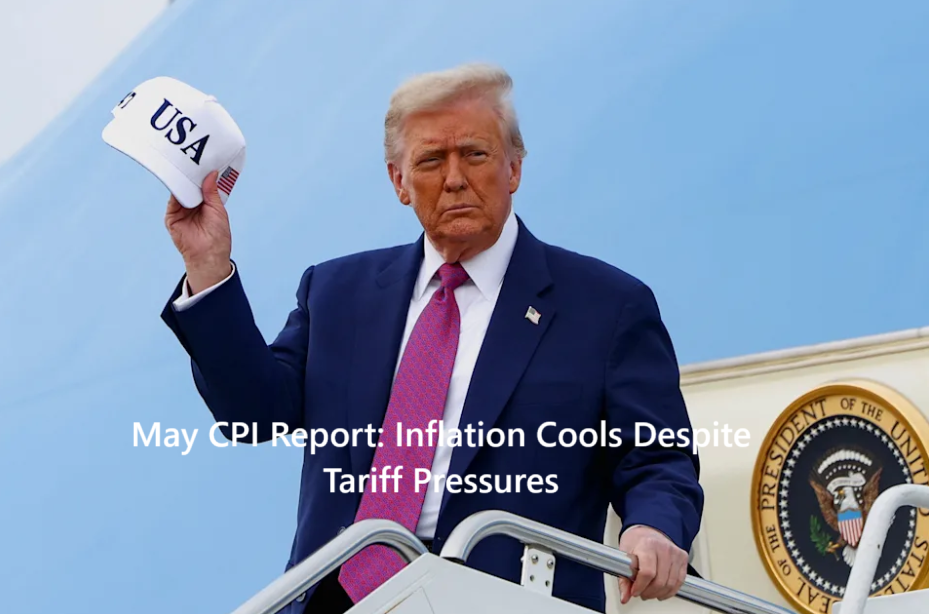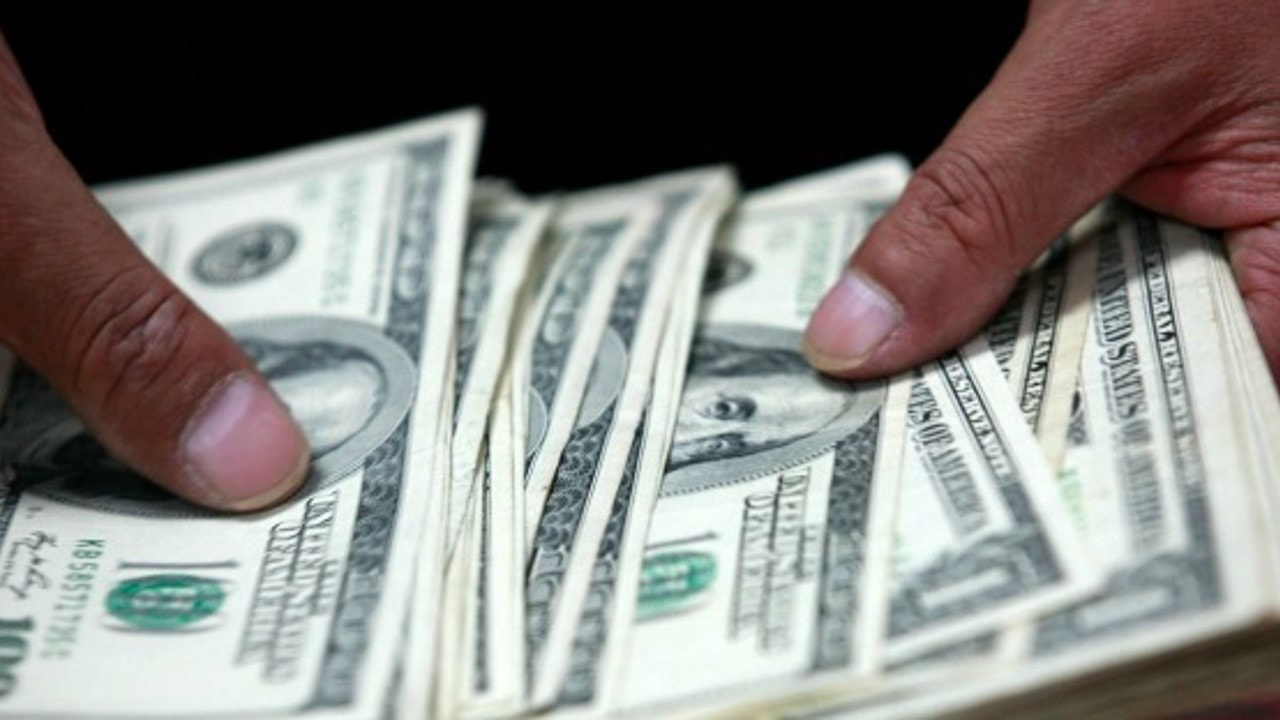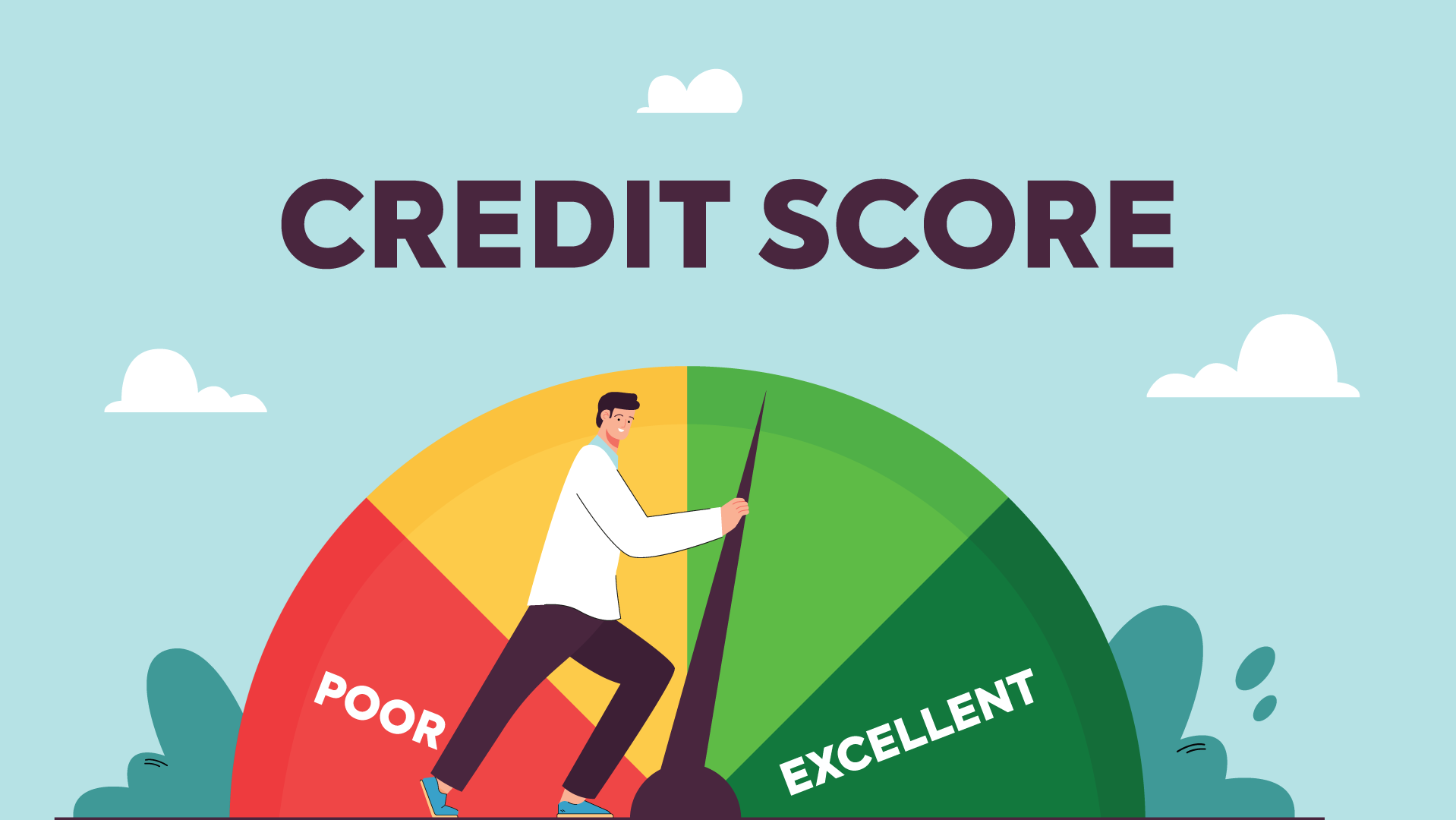The May Consumer Price Index (CPI) report provided a mixed yet reassuring signal for the U.S. economy. Despite fears that President Trump’s tariffs would drive up consumer prices, inflation remained cooler than expected on a monthly basis. The data, released by the Bureau of Labor Statistics (BLS), reflects a balancing act between moderating goods prices and persistent pressures in core services and shelter costs.
Key CPI Data: May 2025
- Monthly CPI increase: 0.1% (vs. 0.2% expected)
- Annual CPI increase: 2.4% (up from April’s 2.3%)
- Monthly Core CPI: 0.1% (below the 0.3% estimate)
- Annual Core CPI: 2.8% (matching April, below the 2.9% forecast)
While the annual CPI ticked up slightly, the 0.1% month-over-month growth was slower than both the previous month and analysts’ forecasts, signaling an unexpected moderation in short-term price pressures.
What’s Driving the Numbers?
1. Core Inflation Softens
Core CPI, which excludes volatile categories like food and energy, rose just 0.1% in May. This marks a deceleration from April’s 0.2% and came in well below the 0.3% most economists had anticipated. Year-over-year, core inflation held steady at 2.8%.
Declining prices in used and new vehicles, apparel, and airline fares were key contributors to this softer print. These categories are considered among the most tariff-sensitive and their price drops suggest that businesses may not yet be fully passing along the costs of Trump’s tariffs to consumers.
2. Shelter Inflation Remains Elevated
Shelter continued to exert upward pressure on CPI, rising 0.3% month-over-month and 3.9% on an annual basis. This category includes both rent and owners’ equivalent rent, which rose 0.2% and 0.3% respectively in May. These figures confirm that housing remains a stubborn source of inflation, despite some easing in areas like lodging away from home, which declined by 0.1%.
Tariff Impact: Delayed But Looming
President Trump’s “Liberation Day” tariffs, imposed in early April, introduced a 10% universal import duty, in addition to targeted tariffs on Chinese goods, steel, aluminum, and autos. While some of these tariffs have since been paused or negotiated, baseline tariffs remain in place, especially against China, where the effective tariff rate still hovers around 30%.
Economists are closely monitoring when these tariffs will begin impacting consumer prices. While many retailers, such as Walmart, reported holding off on price hikes in April due to pre-tariff inventory, the expectation is that tariff-related price increases will begin to show up in June and July CPI data.
Goldman Sachs estimates core CPI inflation could accelerate to 0.35% in the coming months as importers start adjusting prices to reflect higher costs.
Expert Commentary
“Today’s below-forecast inflation print is reassuring – but only to an extent,” said Seema Shah, Chief Global Strategist at Principal Asset Management. “Tariff-driven price increases may not feed through to the CPI data for a few more months yet, so it is far too premature to assume that the price shock will not materialize.”
Economists also warn that core services inflation, particularly in insurance and medical care, remains sticky and could continue to offset gains from cooling goods prices.
Federal Reserve Outlook
The Federal Reserve continues to target a 2% annual inflation rate. Although current inflation levels are below their post-pandemic peaks—such as the 9.1% seen in June 2022—they are still above the Fed’s comfort zone. As a result, economists expect the Fed to hold interest rates steady at its next policy meeting on June 18, keeping the benchmark rate in the 4.25%–4.50% range.
Structural Concerns: Data Integrity at Risk
The BLS, responsible for compiling the CPI, announced the suspension of data collection in three cities due to staffing issues and budget constraints. In addition, the agency will cease publication of roughly 350 indexes from the Producer Price Index (PPI) in August. These cutbacks raise questions about the accuracy and comprehensiveness of future inflation data.
Conclusion
The May CPI report offers short-term reassurance for policymakers and markets alike. The inflation data suggests that, for now, the economy is absorbing tariffs without a significant spike in consumer prices. However, as importers begin to adjust and shelter inflation remains elevated, pressure could return in the months ahead.
Inflation is cooling, but the story isn’t over. Tariff-related effects are still in the pipeline, and core services inflation continues to resist downward trends. The coming months will be critical in determining whether the U.S. economy can maintain this path—or whether higher prices are simply delayed.





